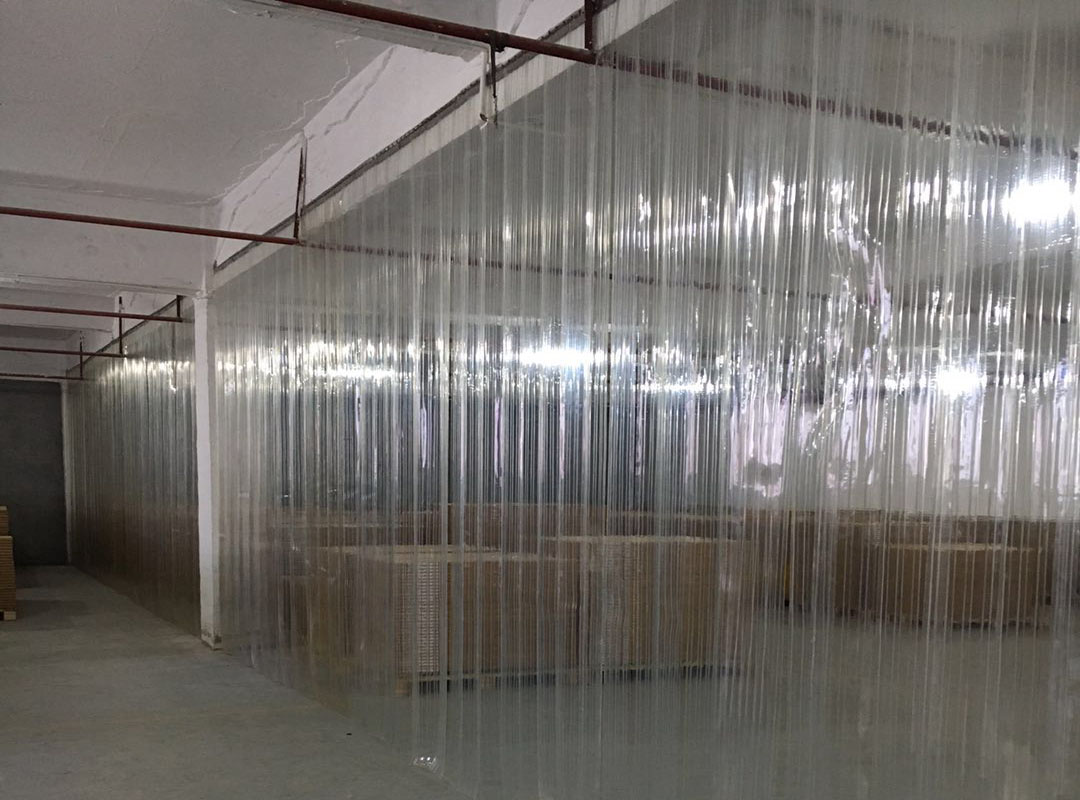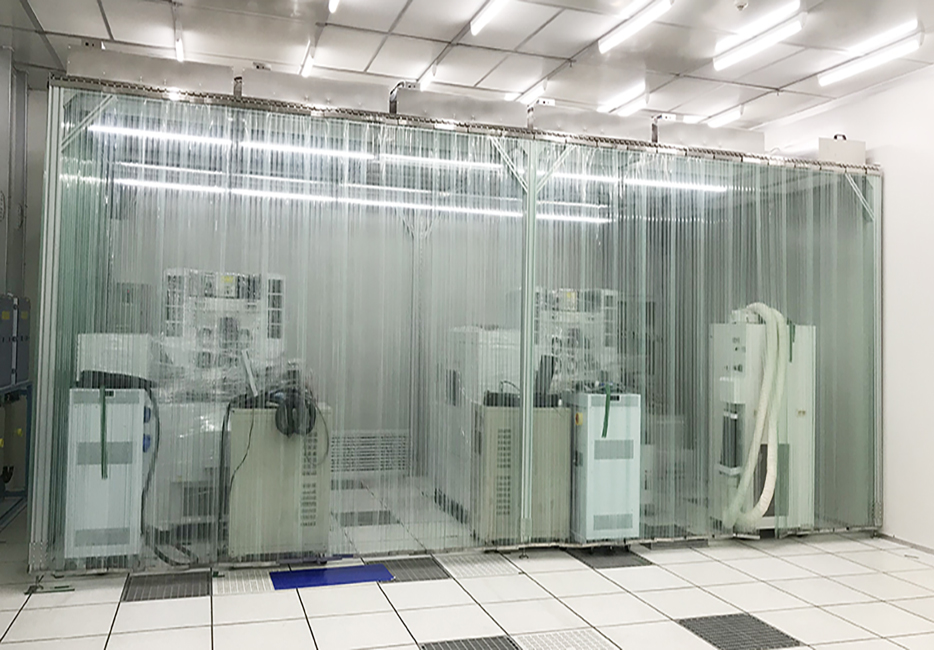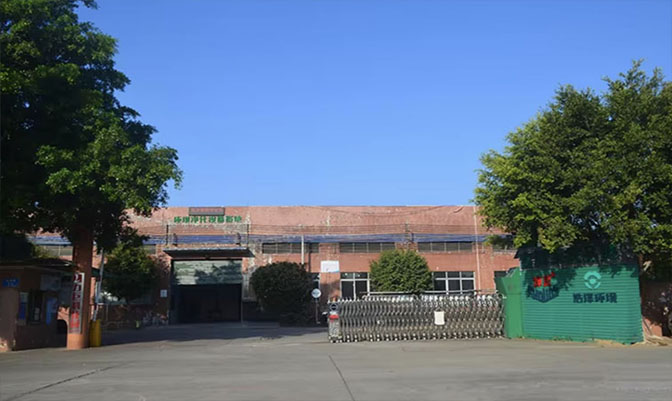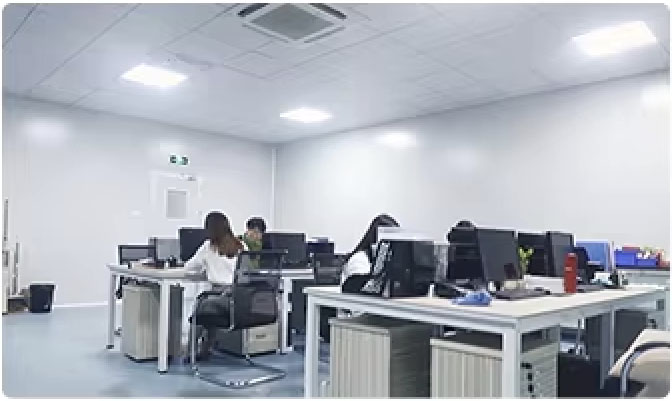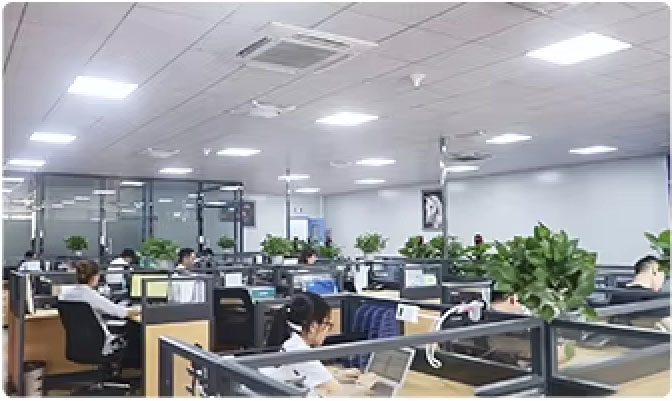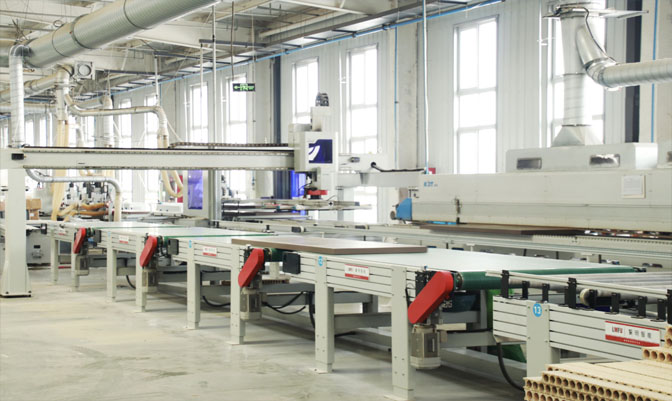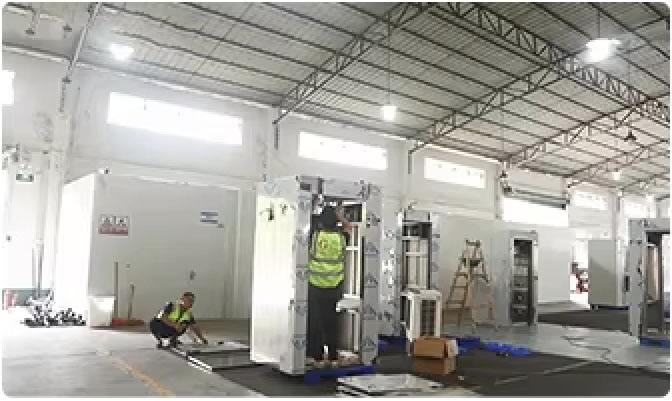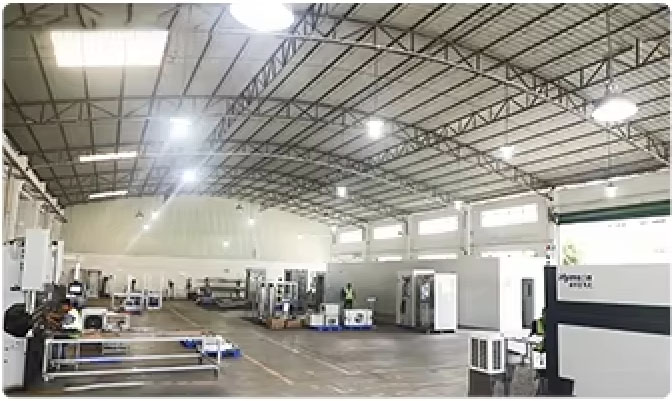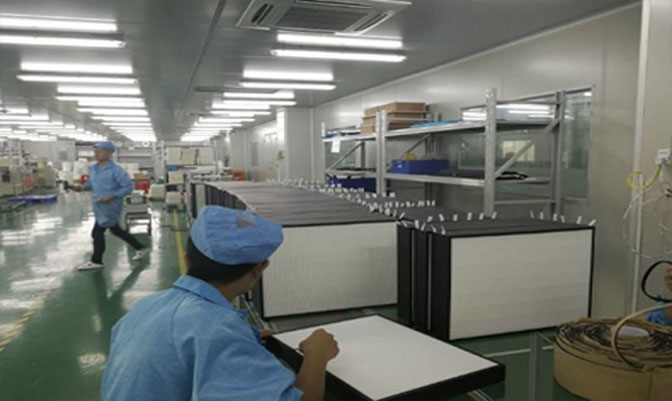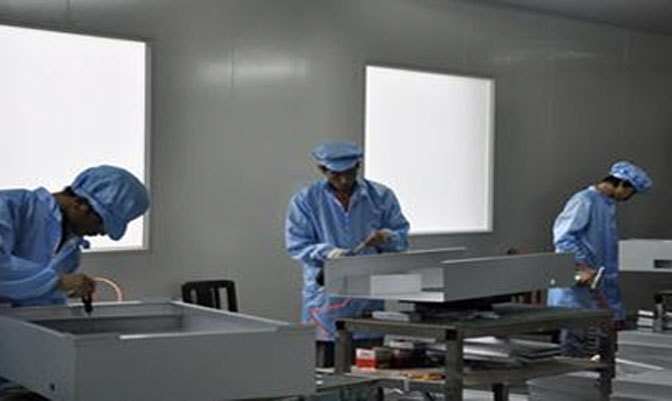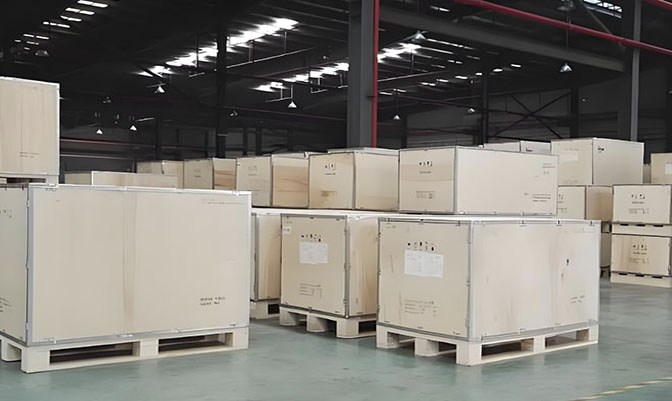2 x 2m ISO 6 Softwall cleanroom
Reference Price:US$2000.00-2500.00



Cleanroom
2 x 2m ISO 6 Softwall cleanroom
Choose your installation & validation options below
Quantity:
Choose your Cleanroom frame structure material
Quantity:
Choose your Cleanroom Wall enclosure materials
Quantity:
Choose your Temperature requirements
Quantity:
Choose your humidity requirements
Quantity:
Choose your Explosion-proof requirements
Quantity:
Summary
2 x 2m ISO 6 Softwall cleanroom
Validation
Installation & Validation
Find Similar Products
-

5 x 6 ISO 6 Softwall Cleanroom
US$4000-15000 USD/Set
Min. Order:1 Set -
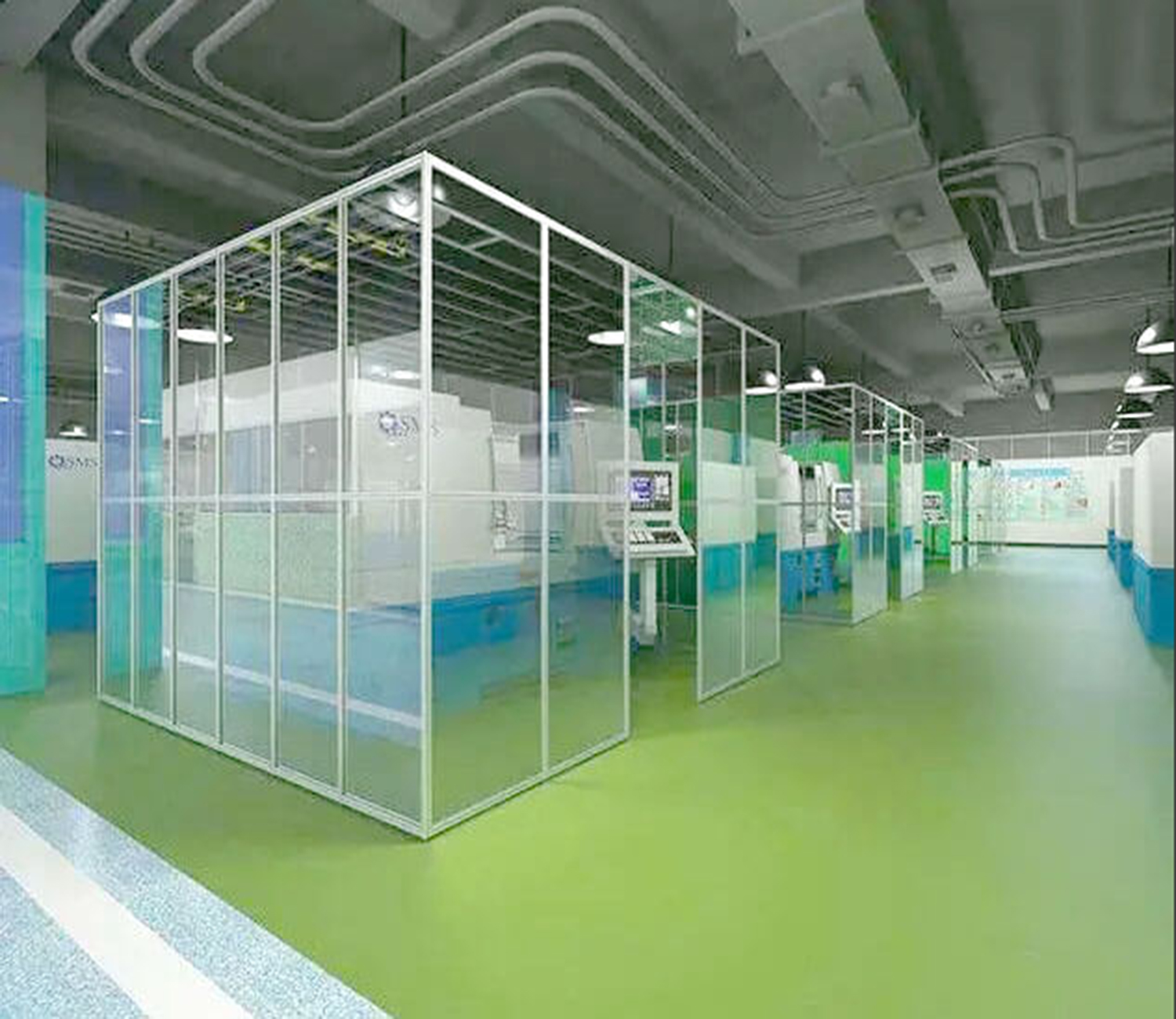
5 x 5m ISO 6 Softwall Cleanroom
US$4000-15000 USD/Set
Min. Order:1 Set -
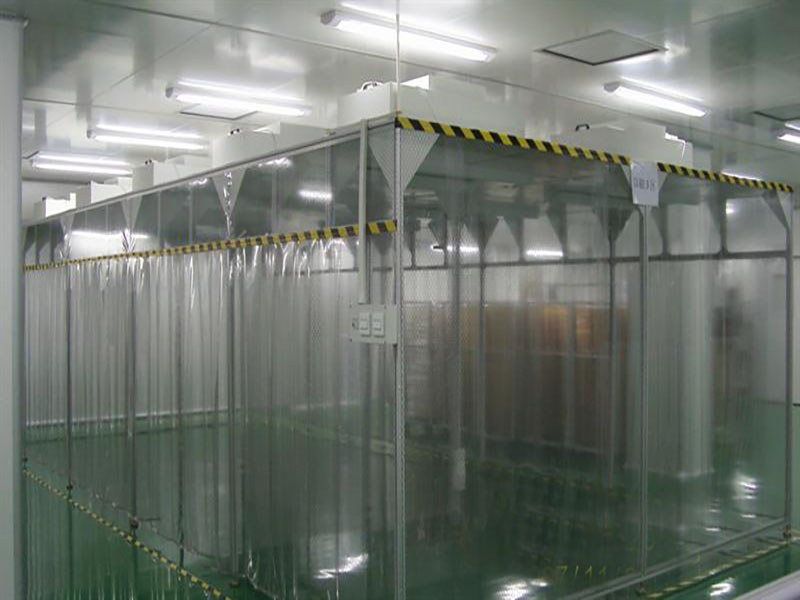
4 x 6m ISO 6 Softwall Cleanroom
US$4000-15000 USD/Set
Min. Order:1 Set -
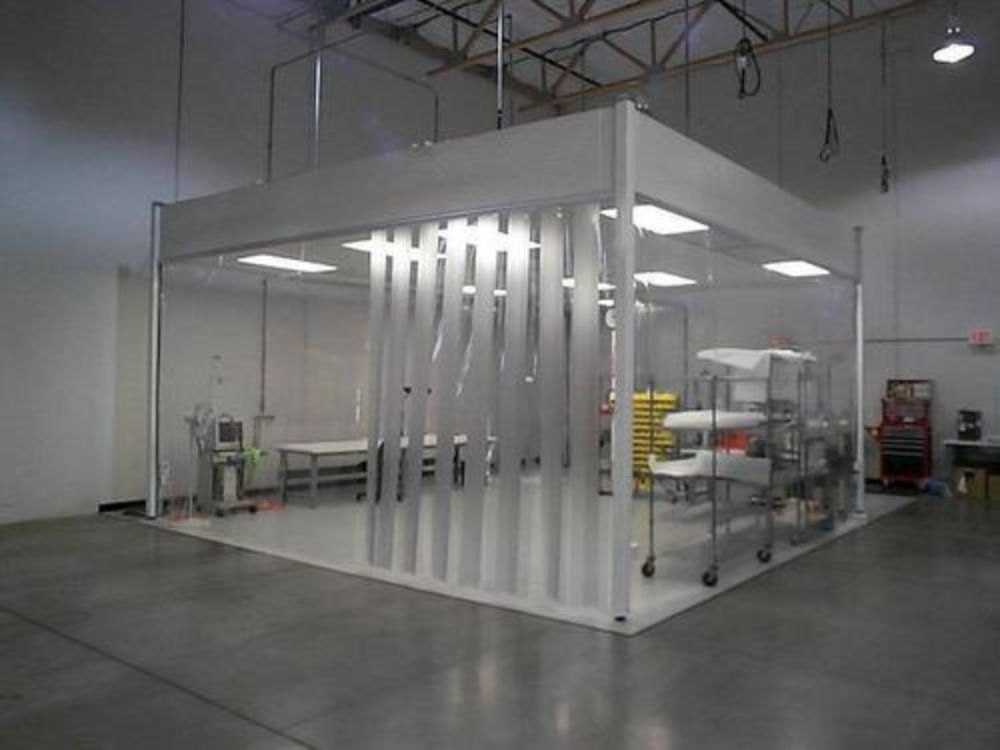
4 x 5m ISO 6 Softwall Cleanroom
US$4000-15000 USD/Set
Min. Order:1 Set -

4 x 4m ISO 6 Softwall Cleanroom
US$4000-15000 USD/Set
Min. Order:1 Set -

3 x 6m ISO 6 Softwall Cleanroom
US$4000-15000 USD/Set
Min. Order:1 Set
Cleanrooms Detail
ISO 6 softwall cleanrooms maintain a controlled environment with a maximum of 3,520 particles per cubic meter. They feature flexible wall systems and advanced HVAC controls, making them ideal for industries like pharmaceuticals, biotechnology, and electronics.
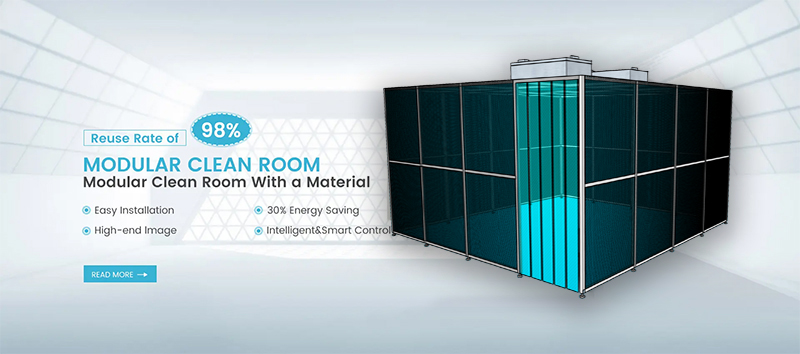
Maximum permissible particle number: 3,520 particles ≥ 0.5 micron per cubic meter
Temperature range: typically 20°C to 24°C
Humidity range: normally 30% to 60
Air exchange rate: 10 to 15 times per hour
ISO 6 softwall cleanrooms offer several key features that enhance their functionality and adaptability for various applications. These cleanrooms are designed for moderate cleanliness, providing a controlled environment that minimizes contamination risks in sensitive processes
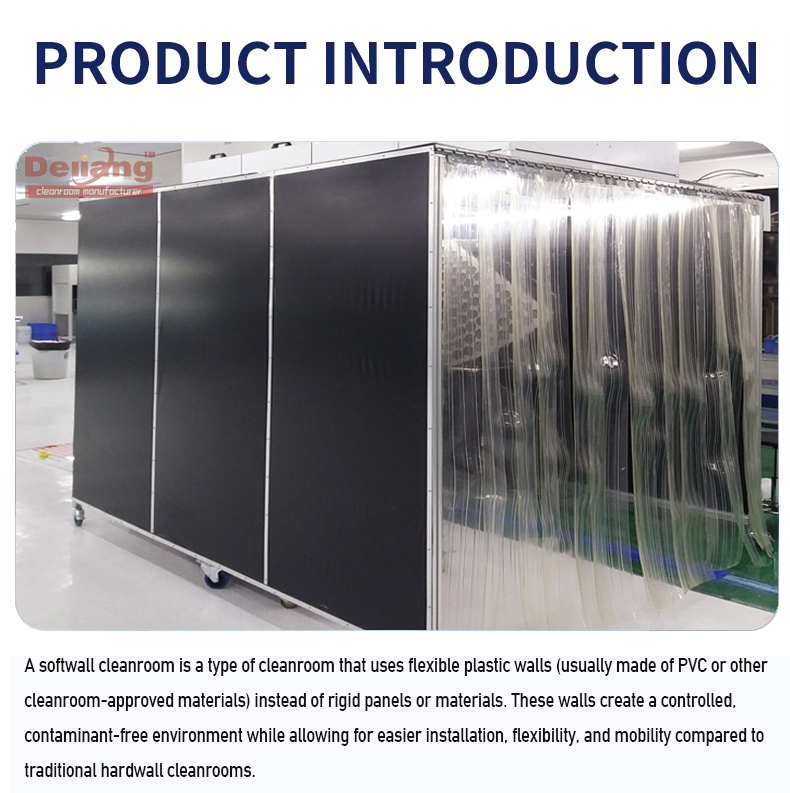
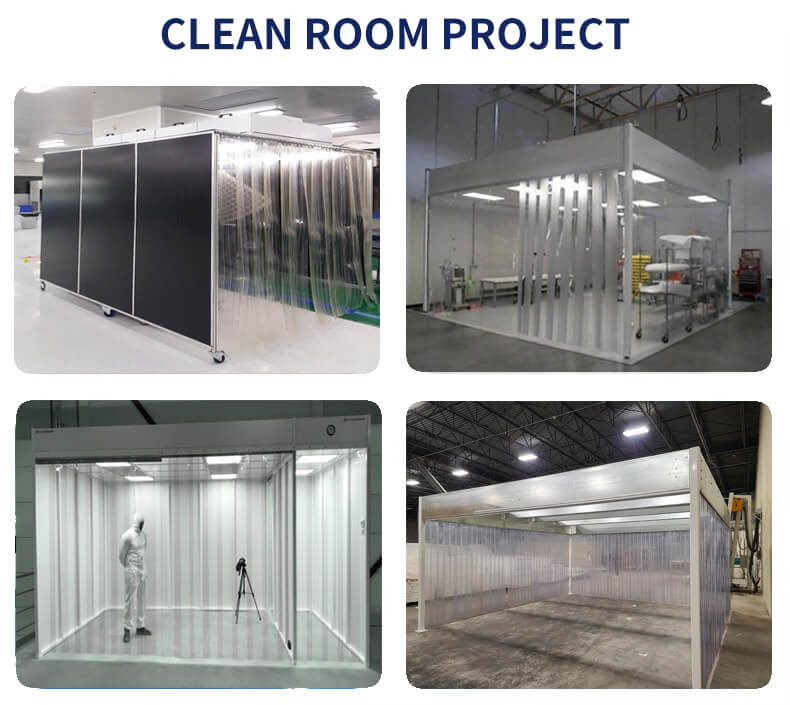
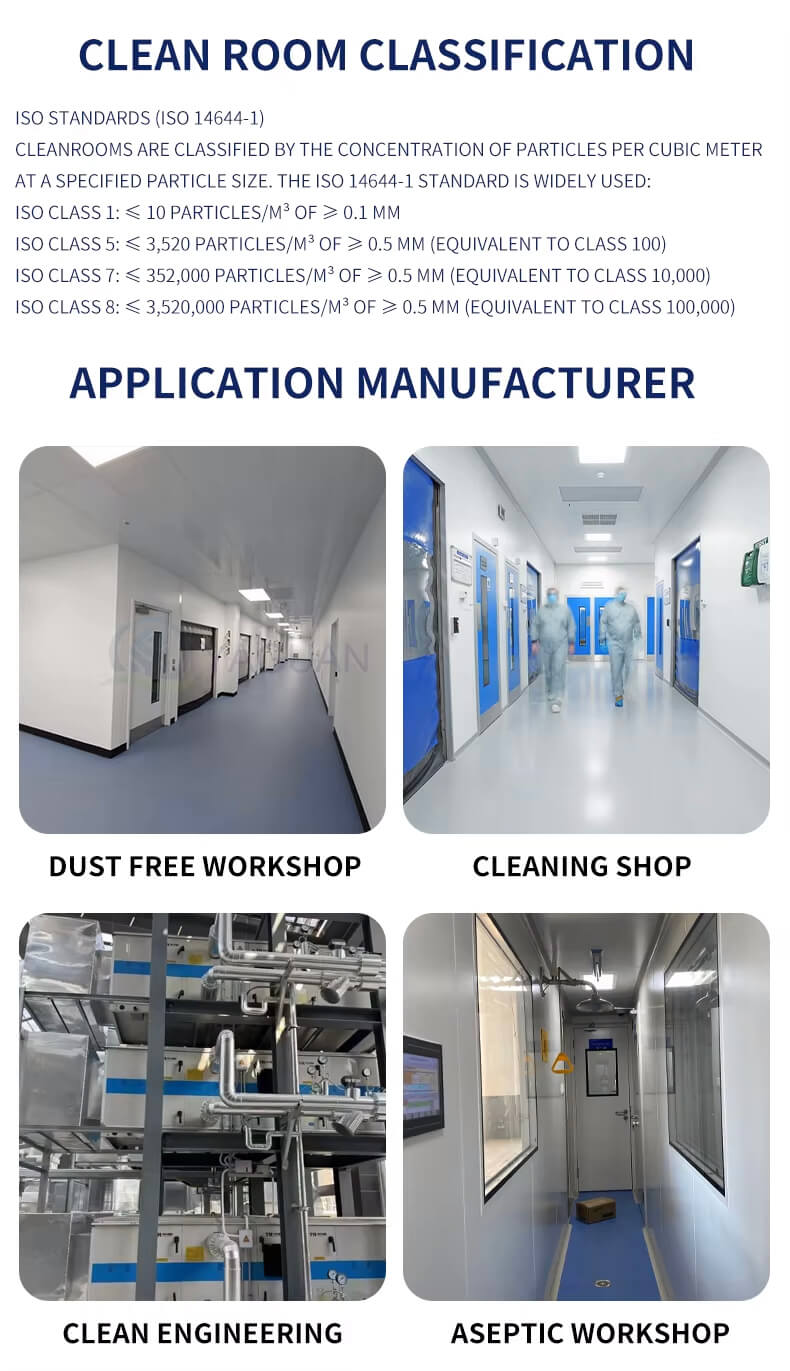
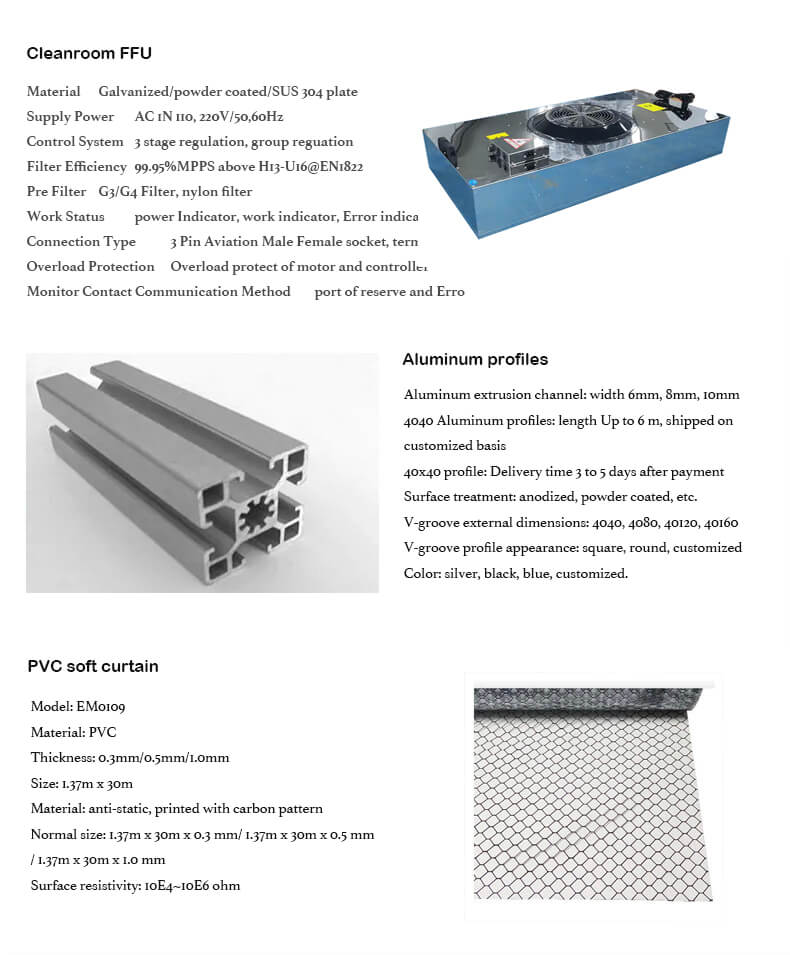
Cleanrooms Airflow
In ISO 6 softwall cleanrooms, the airflow principle is crucial for maintaining cleanliness and controlling contamination. The following key elements describe this principle:
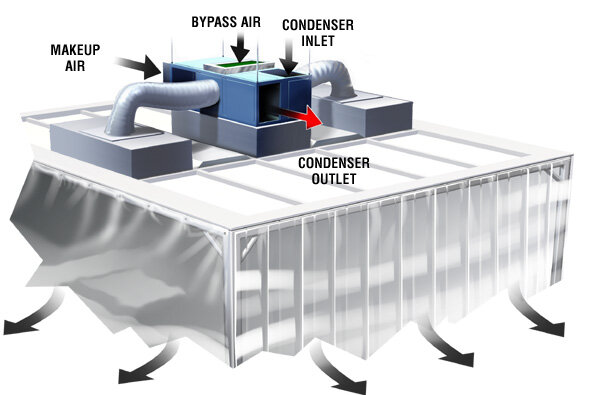
Unidirectional Flow: Clean air is supplied in a single direction from the ceiling to the floor, minimizing turbulence and particulate disturbance.
HEPA Filtration: High-Efficiency Particulate Air (HEPA) filters remove contaminants from the air before it enters the cleanroom, ensuring a high level of air purity.
Positive Pressure: The cleanroom is maintained at a higher pressure compared to adjacent areas, preventing outside contaminants from infiltrating the space.
Air Changes Per Hour (ACH): A specified number of air changes per hour is maintained to dilute and remove airborne particles, keeping the environment compliant with ISO 6 standards.
Return Air Systems: Air is usually returned through vents located at the bottom, facilitating proper circulation and ensuring uniform airflow throughout the cleanroom.
Cleanrooms Installation
ISO 6 Softwall Cleanrooms Installation Steps
Site Preparation: Evaluate the installation area for dimensions and utility access. Ensure the space meets cleanroom requirements.
Framework Assembly: Assemble the cleanroom framework, including support structures and flexible wall panels designed for easy maintenance.
Component Installation: Install essential components such as HEPA filters, lighting, and airflow systems to ensure compliance with ISO 6 standards.
Testing and Verification: Conduct rigorous testing of airflow, particle counts, and overall performance to confirm the cleanroom meets ISO 6 cleanliness requirements.
Staff Training: Train personnel on operating procedures and maintenance protocols to ensure effective cleanroom operation.
Cleanrooms Testing
ISO 6 softwall cleanroom testing is essential to ensure that the environment meets the required cleanliness standards and operates effectively. Below are the key aspects of testing and features associated with ISO 6 softwall cleanrooms.
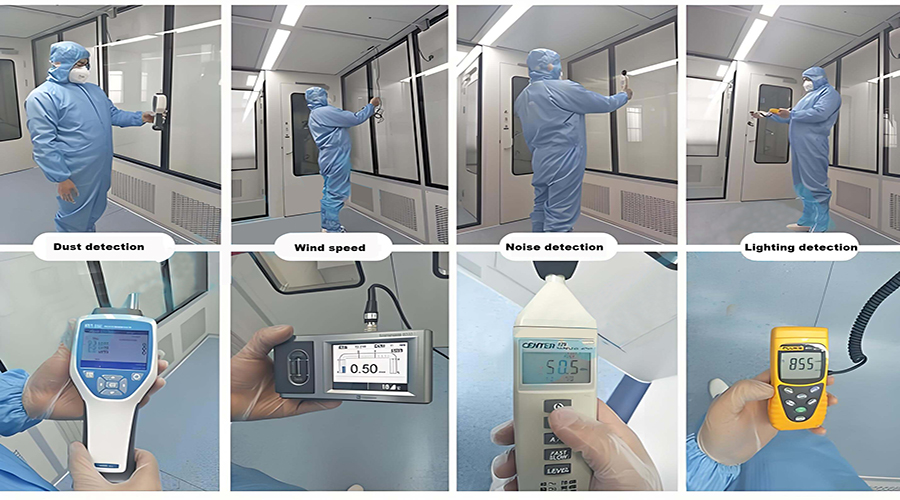
Key Features of ISO 6 Softwall Cleanroom Testing:
Particle Counting:
Regular monitoring of airborne particles to ensure compliance with ISO 6 limits (maximum 3,520 particles per cubic meter for ≥0.5 micrometers).
Airflow and Air Changes:
Assessment of airflow rates and air changes per hour to maintain optimal conditions and prevent contamination.
Temperature and Humidity Control:
Continuous monitoring of temperature and humidity levels to ensure they remain within specified ranges (typically 20°C to 24°C and 30% to 60% humidity).
Pressure Differential Testing:
Verification of pressure differentials between the cleanroom and adjacent areas to prevent contamination ingress.
These testing features are crucial for maintaining the integrity and operational efficiency of ISO 6 softwall cleanrooms, ensuring they provide a suitable environment for sensitive processes.
FAQ
What is a modular cleanroom?
A modular cleanroom is a controlled environment built using prefabricated components. It is designed to minimize contamination and maintain specific cleanliness levels. These structures can be easily reconfigured or expanded as needed.
How does a modular cleanroom work?
Modular cleanrooms use controlled airflow systems to maintain cleanliness. HEPA or ULPA filters cleanse the air, preventing particulate contamination. Positive pressure and airflow patterns direct contaminants away from sensitive areas, ensuring a sterile environment.
What are the benefits of a modular cleanroom?
Modular cleanrooms offer flexibility in design and layout, allowing for easy expansion or relocation. They are cost-effective, requiring less construction time and disruption. Additionally, they provide a controlled environment that meets regulatory requirements efficiently.
How to design a modular cleanroom?
Designing a modular cleanroom involves assessing the specific cleanliness requirements and operational needs. Consider airflow patterns, equipment placement, and personnel flow to optimize functionality. Collaborating with cleanroom specialists ensures compliance with industry standards.
What materials are used in modular cleanrooms?
Modular cleanrooms typically use materials like metal, vinyl, and glass for walls and ceilings. These materials are easy to clean and resistant to contaminants. Additionally, specialized flooring and finishes are selected based on the intended application and cleanliness level.
How much does a modular cleanroom cost?
The cost of a modular cleanroom varies widely based on size, complexity, and customization. Basic units can start at a lower price, while more advanced systems may be significantly higher. Factors like installation and equipment add to the overall expense.
What is the difference between modular and traditional cleanrooms?
Modular cleanrooms are built with prefabricated components, allowing for quicker installation and flexibility. Traditional cleanrooms often involve extensive construction and are less adaptable. Modular designs also tend to be more cost-effective and easier to maintain over time.
What are ISO 6 cleanroom standards?
ISO 6 cleanroom standards specify a maximum allowable particle count of 3,520 particles per cubic meter for particles larger than 0.5 micrometers. These standards ensure that environments meet specific cleanliness and operational requirements for sensitive processes.
How to validate an ISO 6 cleanroom?
Validating an ISO 6 cleanroom involves testing for airborne particles, airflow, and environmental conditions. Comprehensive documentation of procedures and results is essential. Regular audits and monitoring ensure ongoing compliance with ISO standards.
What industries use modular cleanrooms?
Modular cleanrooms are widely used in pharmaceuticals, biotechnology, electronics, and aerospace industries. These sectors require controlled environments to minimize contamination during production processes. Their flexibility makes them suitable for a variety of applications.
How to maintain a modular cleanroom?
Maintaining a modular cleanroom involves regular cleaning, monitoring of environmental conditions, and routine inspections. Establishing a maintenance schedule ensures compliance with cleanliness standards. Staff training on protocols also helps maintain operational integrity.
What is the airflow rate in an ISO 6 cleanroom?
The airflow rate in an ISO 6 cleanroom typically ranges from 15 to 25 air changes per hour. This ensures that airborne contaminants are effectively diluted and removed. Proper airflow patterns are crucial for maintaining cleanliness and efficiency.
Can a modular cleanroom be relocated?
Yes, modular cleanrooms can be easily relocated due to their prefabricated design. This flexibility allows businesses to adapt to changing needs without significant downtime or construction costs. Disassembly and reassembly can be done efficiently.
What are the requirements for an ISO 6 cleanroom?
Requirements for an ISO 6 cleanroom include specific particle limits, temperature control, humidity levels, and airflow rates. Compliance with these standards is essential for industries that require stringent contamination controls. Regular testing and validation help maintain standards.
How to install a modular cleanroom?
Installing a modular cleanroom begins with site preparation and layout planning. Prefabricated components are assembled on-site, followed by the installation of HVAC and filtration systems. Final inspections ensure that the cleanroom meets operational and regulatory standards.
Factory Production Workshop Video
Factory Photo
Product Packaging And International Logistics
Product International Certification
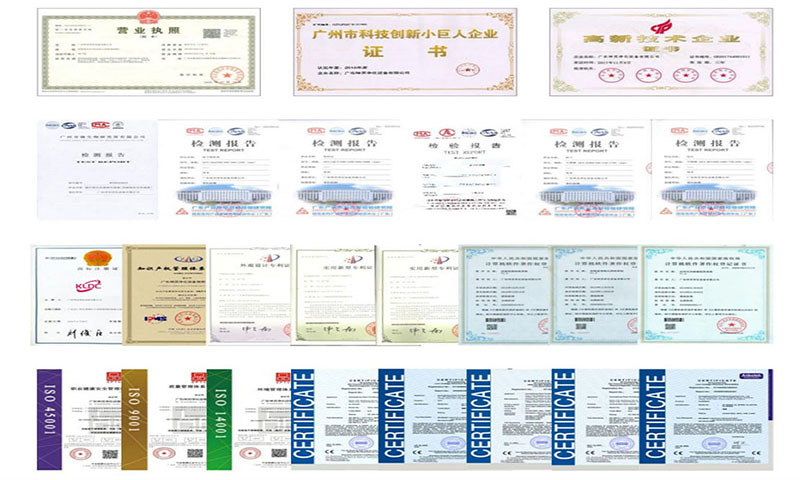
Find Other Common Equipment Recommendations
-
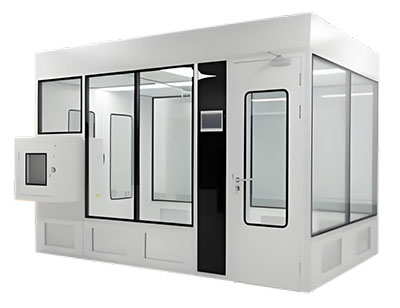
Modular CleanRoom
US$9000-10000 USD/Unit
Min. Order:1 Set -
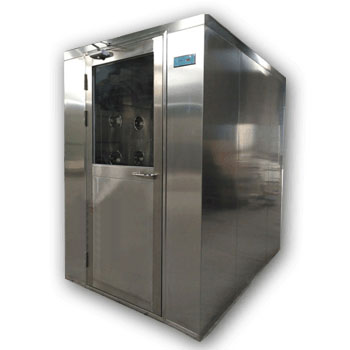
Air Shower
US$1000.00-5000.00 USD/Unit
Min. Order:1 Set -
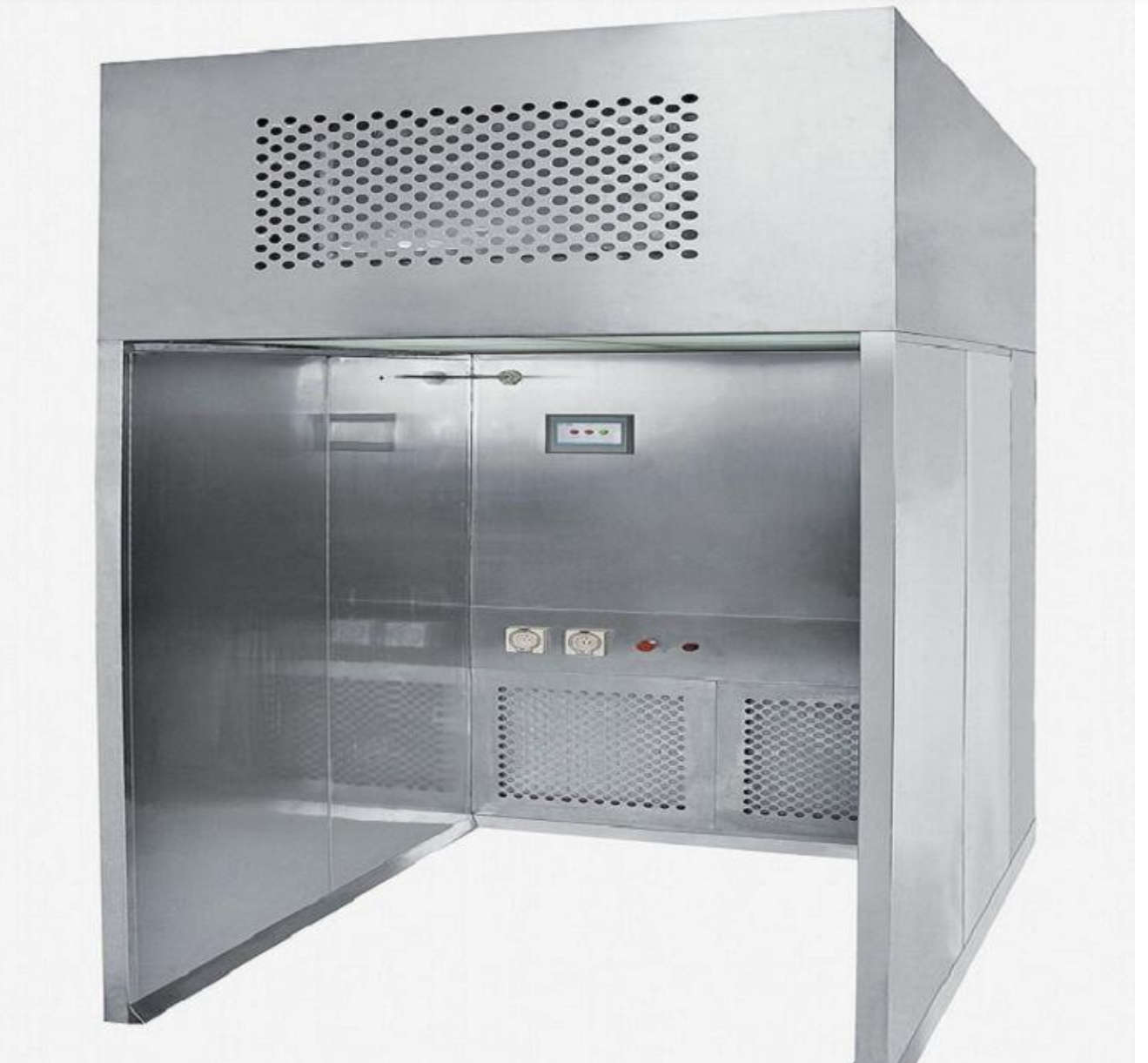
Downflow Booth
US$3000-6000 USD/Unit
Min. Order:1 Set -
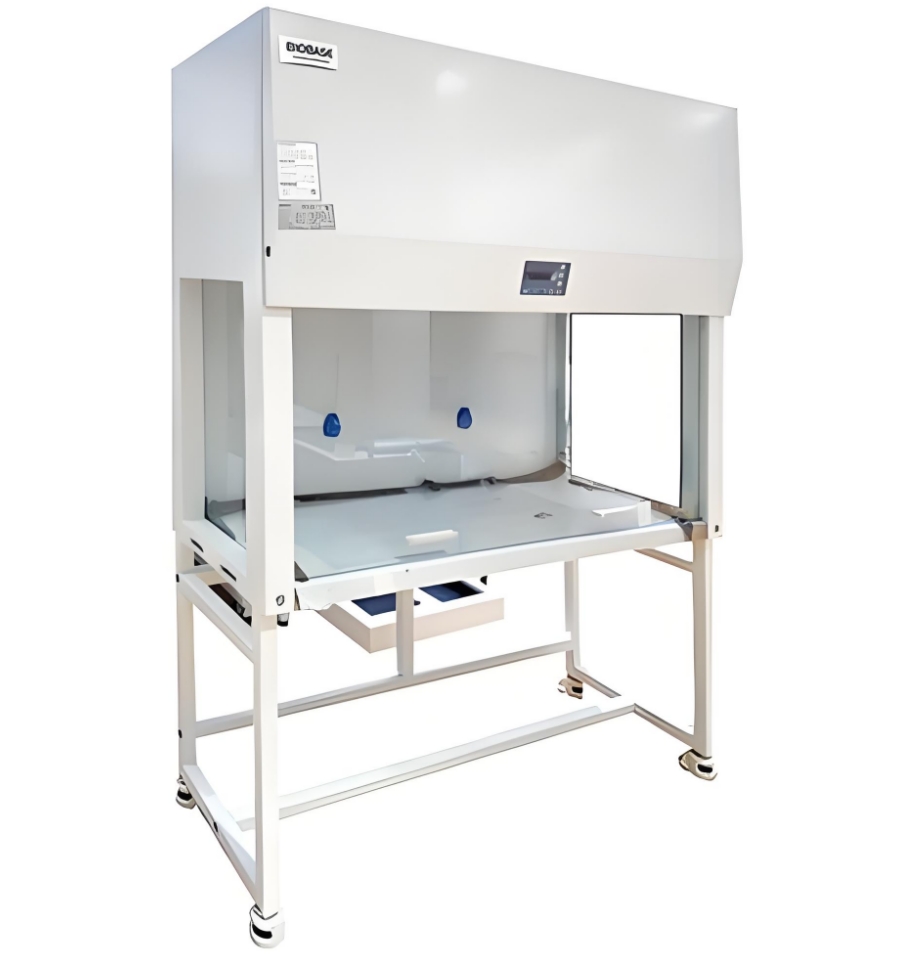
Clean bench
US$600-2000 USD/Unit
Min. Order:1 Set -
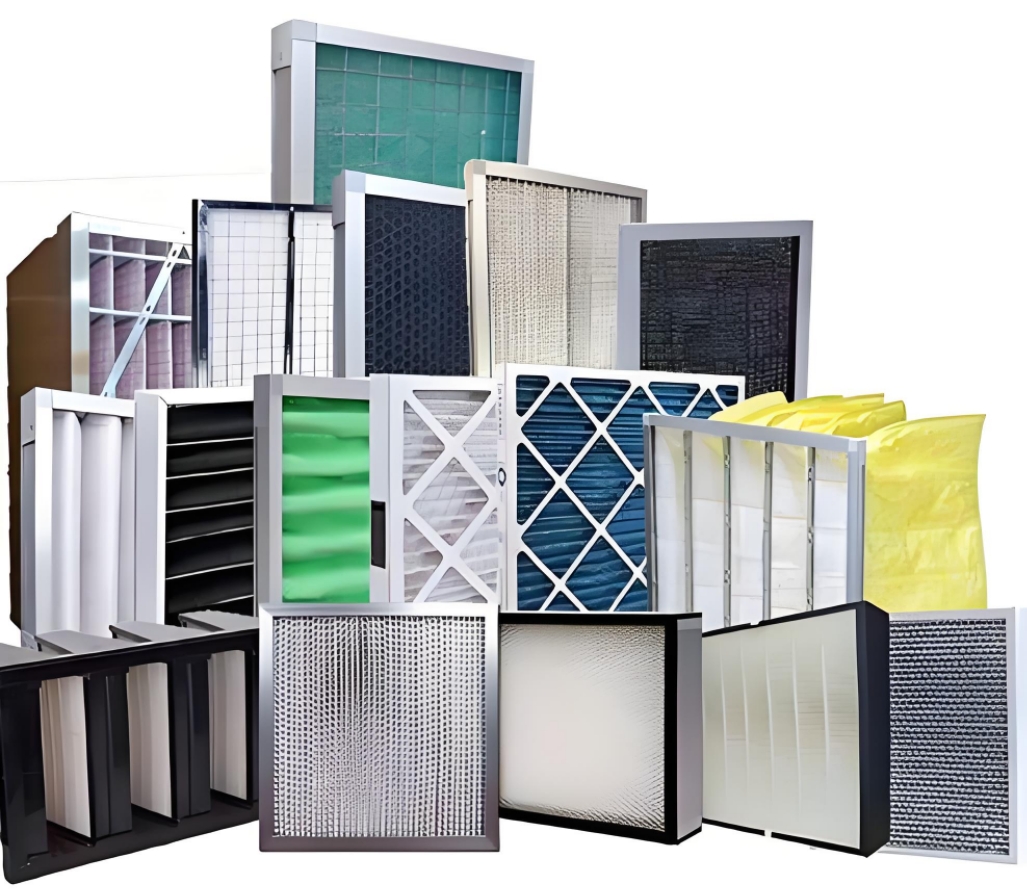
Air Filter
US$3-50 USD/Unit
Min. Order:1 Set -
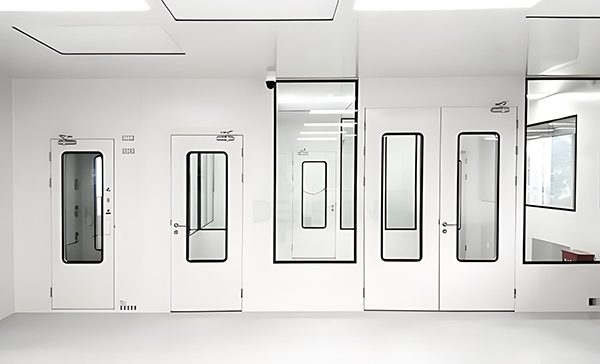
Cleanroom Wall Panels
US$10-20 USD/sq.
Min. Order:1 Set -
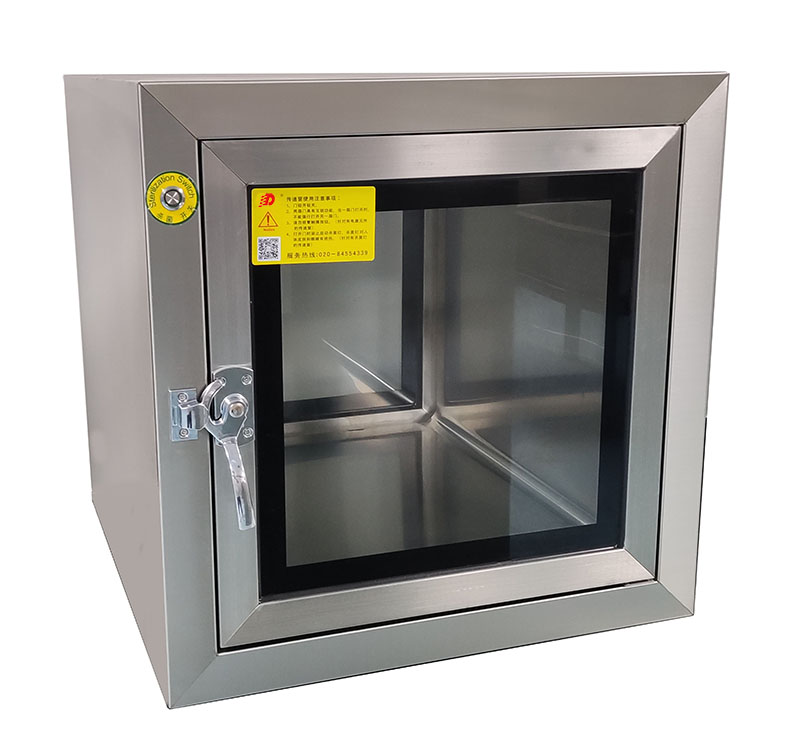
Pass Box
US$200-500 USD/Unit
Min. Order:1 Set -
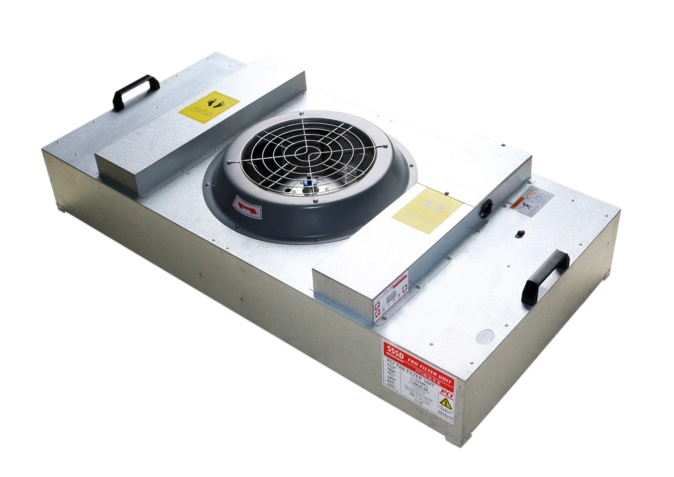
FFU
US$135-350 USD/Unit
Min. Order:1 Set -
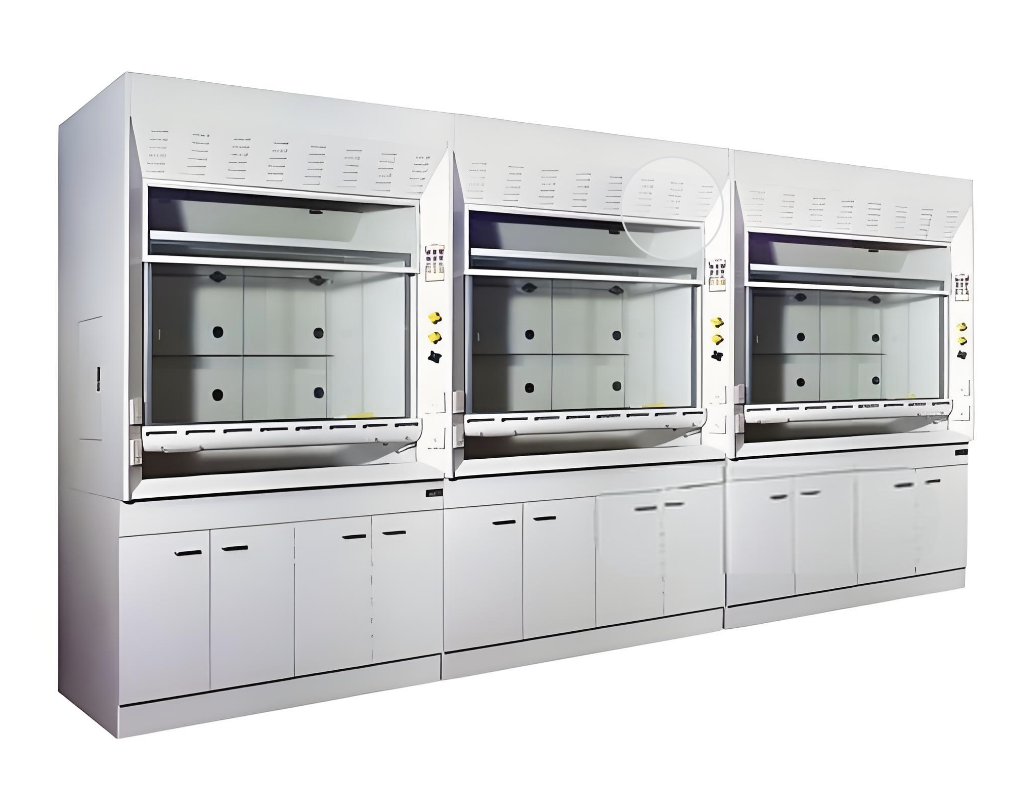
Fume Hood
US$700-1500 USD/Unit
Min. Order:1 Set -
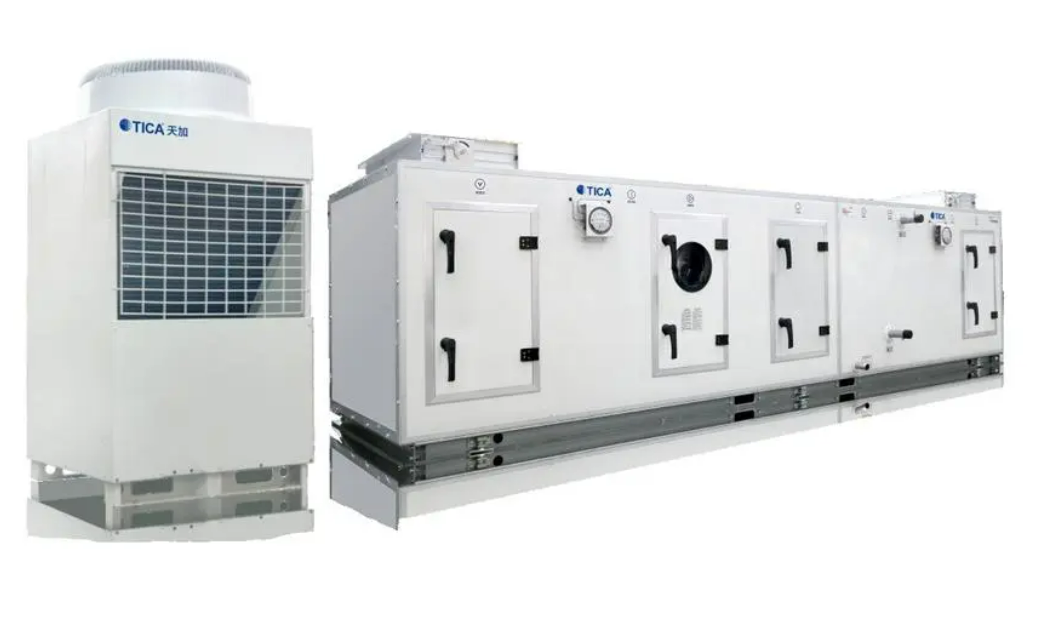
Cleanroom HVAC
US$5000-20000 USD/Unit
Min. Order:1 Set -
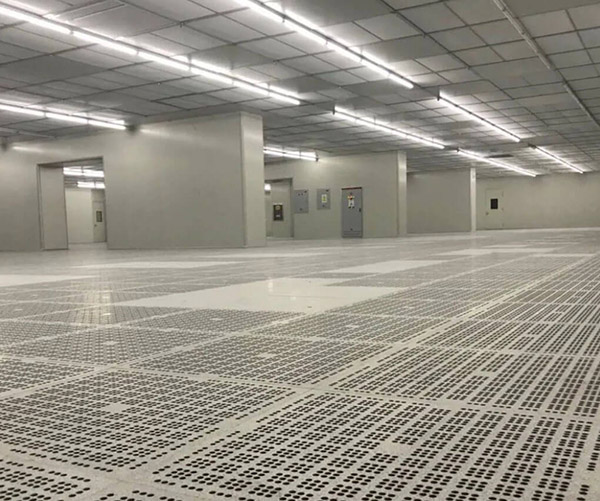
Clean room floor
US$5-20 USD/Sq.
Min. Order:1 Set -
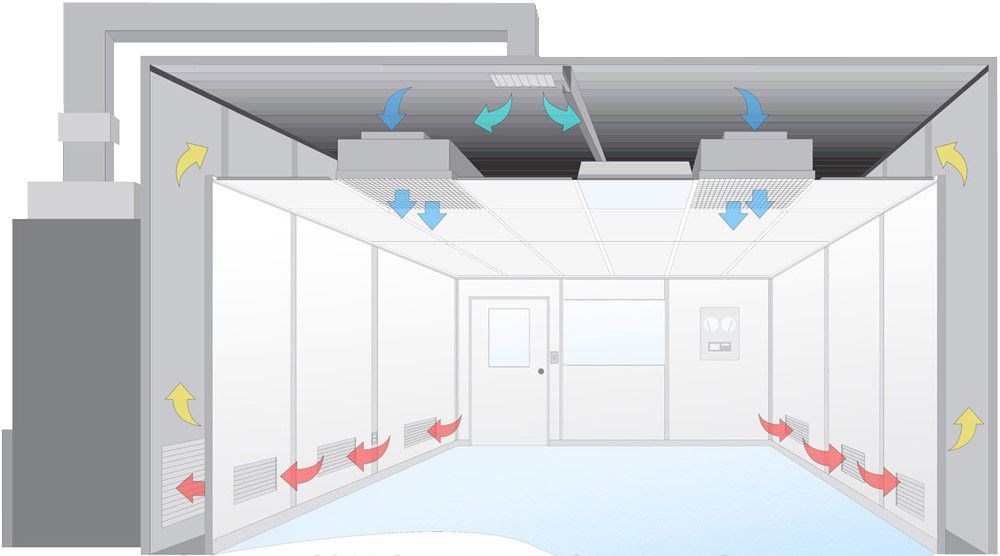
Clean room ceiling
US$
Min. Order:1 Set
 +86 18186671616
+86 18186671616 Jason@cleanroomequips.com
Jason@cleanroomequips.com
 MENU
MENU

